
How to Tell If Your Succulents Have Had Too Much Watering
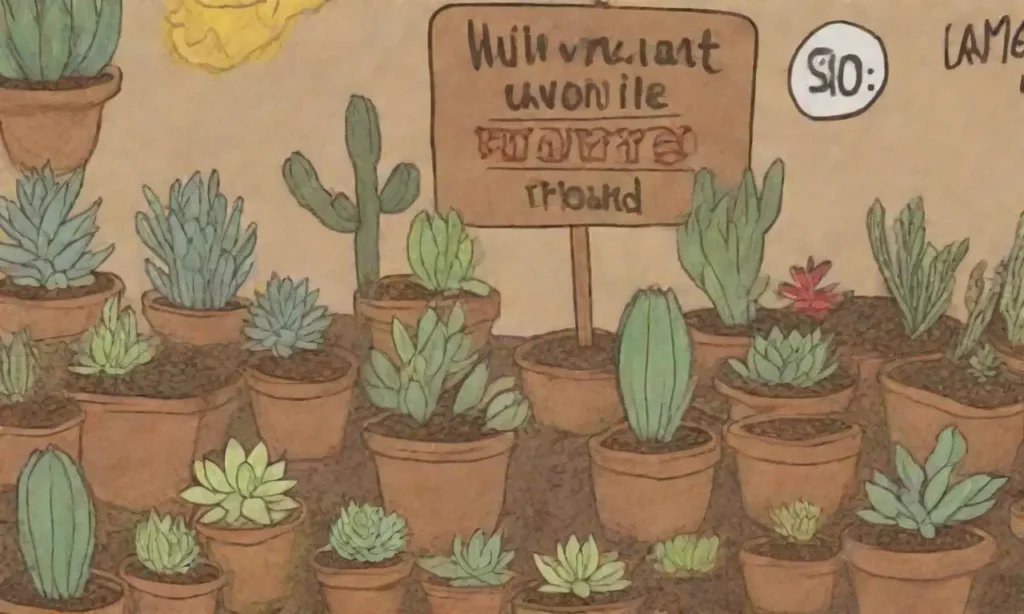
Introduction
Succulents are a popular choice for both novice and experienced gardeners due to their unique aesthetics and relatively low maintenance requirements. However, despite their resilience, these charming plants can suffer when overwatered, leading to a myriad of health issues. Understanding how to identify the signs of overwatering is crucial for any succulent owner to ensure their plants thrive and remain healthy.
This article will delve into the nuances of succulent care, particularly focusing on the detrimental effects of excessive watering. We will explore the symptoms of overwatered succulents, the common mistakes that lead to overwatering, and effective strategies for recovering unhealthy plants while maintaining their overall health.
Understanding Succulents and Their Water Needs
Succulents are a diverse group of plants characterized by their ability to store water in their leaves, stems, and roots. This adaptation allows them to thrive in arid environments, where water is scarce. Each succulent species has its unique water requirements, but most prefer dry conditions and well-draining soil.
Watering Practices
To keep succulents healthy, it is essential to adopt proper watering practices. Generally, the rule of thumb is to allow the soil to dry out completely between watering sessions. This can vary depending on factors such as the type of succulent, the size of the pot, and environmental conditions like humidity and temperature. Overwatering can lead to root rot and other health issues, so understanding the specific hydration needs of your plant is vital.
One effective method of determining when to water is the "finger test." Simply insert your finger about an inch into the soil; if it feels dry, it's time to water. Conversely, if it feels moist, you should wait before watering again. This tactile approach can help prevent the common mistake of overwatering during routine care.
Recognizing the Right Soil
Another crucial factor in preventing overwatering is choosing the right potting mix. Succulents thrive in well-draining soil, which allows excess water to escape quickly. A common practice among succulent enthusiasts is to use a blend of potting soil mixed with perlite or sand, which enhances drainage and mimics the plant's natural habitat. By ensuring good drainage, you can significantly reduce the risk of overwatering.
When selecting a pot for your succulents, consider those made from terracotta or clay. These materials are porous and allow moisture to evaporate from the soil. Opting for pots with drainage holes is equally essential to facilitate healthy root growth and prevent water from accumulating at the bottom.
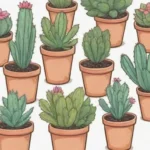 Are Your Succulents Weeping? Signs of Overwatering Explained
Are Your Succulents Weeping? Signs of Overwatering ExplainedSigns Your Succulents Are Overwatered
There are several tell-tale signs that your succulent may be suffering from excessive watering. Early detection is vital for effective intervention to revive your plant. Here, we will examine some of the most common signs that overwatering may be affecting your plants.
Leaf Discoloration
One of the earliest signs of overwatering is leaf discoloration. Succulent leaves may turn yellow or become translucent, indicating that they are absorbing excess moisture. As waterlogged conditions persist, leaves may begin to look mushy, soft, or even shriveled as the plant struggles to manage the excess water content.
If you notice that the leaves of your succulent are losing their vibrant color or becoming excessively soft to the touch, it is crucial to investigate potential overwatering issues. Discoloration is the plant's way of signaling distress, and addressing these symptoms promptly can help restore your plant's health.
Wilting and Dropping Leaves
Overwatered succulents may exhibit wilting, despite the apparent excess water. The plant's nutrients become diluted, causing its cells to lose rigidity. A healthy succulent should have firm and plump leaves; however, if they appear limp and start drooping, it's usually an indication that its roots are struggling due to water retention.
In severe cases, succulents may drop leaves in an effort to preserve moisture. This shedding can be alarming, but it's the plant's mechanism for survival in unfavorable conditions. If you observe this behavior, taking action to improve the plant's drainage and reduce watering frequency is essential.
Root Rot
One of the most critical conditions caused by overwatering is root rot. This disease occurs when excess moisture suffocates the roots, leading to decay. Symptoms may not be immediately visible but can manifest as stunted growth, yellowing leaves, or an unpleasant odor emanating from the soil.
To diagnose root rot, gently remove the plant from its pot and inspect the roots. Healthy roots should appear firm and white, while rotting roots will be brown, mushy, or have a foul smell. If you detect rot, it's vital to trim away the affected roots and repot the succulent in a fresh, dry potting mix. This process can be daunting but is often necessary for saving your plant.
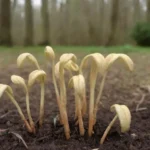 Signs of Overwatered Succulents: A Definitive Homeowner's Guide
Signs of Overwatered Succulents: A Definitive Homeowner's GuideCommon Mistakes That Lead to Overwatering
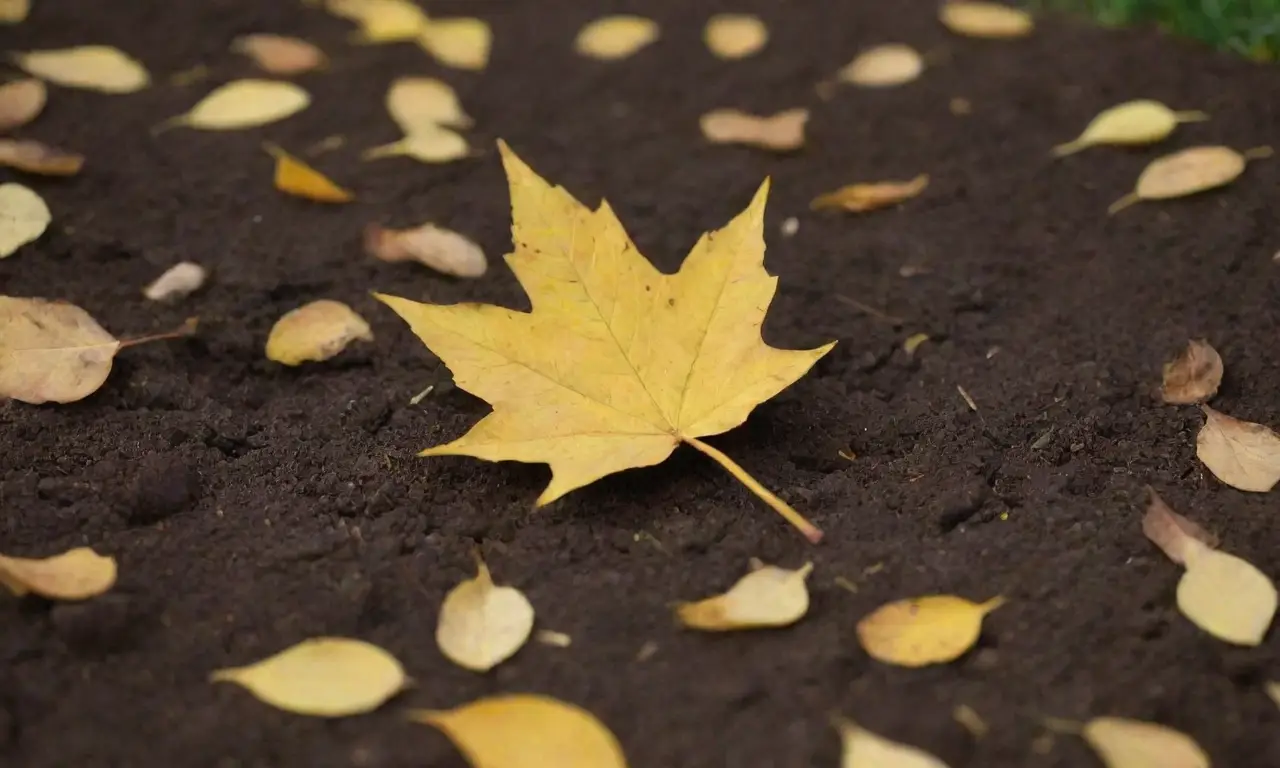
While succulents are relatively low-maintenance, several common mistakes can unintentionally lead to overwatering. Understanding these pitfalls will help you become a more effective succulent caretaker and avoid the excessive watering cycle.
Watering on a Set Schedule
One of the primary mistakes succulent owners make is watering on a rigid schedule rather than assessing the soil's moisture levels. Many people assume that all plants require watering every week, but this is not the case for succulents. Environmental conditions can greatly impact how quickly the soil dries out, resulting in different watering needs.
It is crucial to adopt a flexible approach, allowing factors like climate, season, and plant-specific requirements to guide your watering regimen. Keeping a journal to note watering dates, soil conditions, and the health of the plant may help you gauge the most effective schedule over time.
Ignoring Environmental Changes
Seasonal and environmental shifts can have a significant impact on your succulent’s water needs. Temperature changes, humidity levels, and light exposure can all affect how quickly the soil dries out. In winter, for example, when temperatures drop and light becomes scarce, succulents often need less water. Conversely, during the summer, increased sunlight and warmth may necessitate more frequent watering.
Ignoring these changes can lead to underwatering in dry conditions or overwatering in cooler, more humid situations. Being attuned to the environmental factors surrounding your succulents and adjusting your care routine accordingly is essential for their health.
Choosing the Wrong Containers
Using containers without drainage holes is another common mistake. While decorative pots can add charm to your succulent displays, they may retain too much moisture, creating the risk of overwatering. Always ensure that your pots have adequate drainage, allowing excess water to escape. If you wish to use decorative pots, place a standard pot with drainage inside to prevent water build-up.
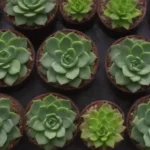 When Good Water Turns Bad: Identifying Overwatered Succulents
When Good Water Turns Bad: Identifying Overwatered SucculentsSelecting pots made from appropriate materials is also crucial. Avoid plastic pots if possible, as they can insulate heat and moisture, which leads to overhydration. Instead, opt for porous materials that encourage airflow and moisture evaporation.
Recovery Remedies for Overwatered Succulents
If your succulent is showing signs of overwatering, there are several remedies you can implement to revive your plant. By taking quick action and adjusting your care practices, you can help your succulent return to optimal health.
Adjusting Watering Practices
The first step in recovery is to adjust your watering practices. Allow your succulent to dry out completely before considering another watering session. Depending on the extent of the overwatering, this could take several days to weeks. During this time, avoid checking the soil too frequently, as it may disrupt the drying process.
You can also enhance drainage by using well-aerated soil and ensuring the container permits drainage. If your plant was potted in a dense, heavy mix, it may be necessary to repot it in a different blend that allows for quicker moisture loss.
Pruning Damaged Plant Parts
After assessing the plant's condition, you may need to prune any damaged or rotting leaves and roots. Using clean, sharp scissors, carefully remove any mushy or discolored foliage. For root rot, follow similar steps by removing the affected roots and allowing the healthy ones to dry out before repotting.
This can be a delicate task; however, it is essential for giving your plant the best chance of recovery. Make sure to disinfect your pruning tools to prevent the spread of disease between plants.
Providing Optimal Conditions for Recovery
Once you have made adjustments to your succulent, it is essential to place the plant in optimal conditions for recovery. Ensure it receives adequate light, preferably indirect sunlight, as overexposure can exacerbate stress during recovery. Monitor the humidity levels in your environment, as well; if the air is exceptionally humid, consider reducing the frequency of watering further.
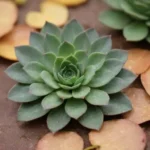 Leaf Drop and Yellowing Leaves: Signs of Overwatered Succulents
Leaf Drop and Yellowing Leaves: Signs of Overwatered SucculentsBy creating an environment conducive to healing, your succulent will have the best chance of bouncing back from overwatering. Patience is key, and over time, you may notice signs of recovery, such as improved leaf firmness and new growth.
Conclusion
In conclusion, understanding how to tell if your succulents have had too much watering is critical for maintaining their health and beauty. By familiarizing yourself with the water needs of these unique plants, recognizing the common signs of overwatering, and avoiding common mistakes, you can cultivate a thriving succulent garden.
Overwatering can lead to a host of issues, including leaf discoloration, wilting, and root rot. However, with timely intervention and the right care practices, you may successfully revive overwatered succulents. Adjusting your watering practices, choosing appropriate soil and containers, and providing optimal environmental conditions are vital steps in succulent care.
Ultimately, cultivating succulents can be a rewarding endeavor as long as you remain attentive to their needs. By adopting a flexible persona and striving for knowledge about their care, you can enjoy these durable plants for years to come, keeping your space vibrant and aesthetically pleasing.
If you want to read more articles similar to How to Tell If Your Succulents Have Had Too Much Watering, you can visit the Signs of overwatering category.

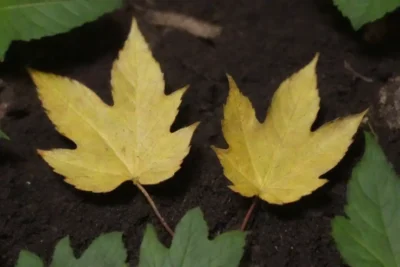
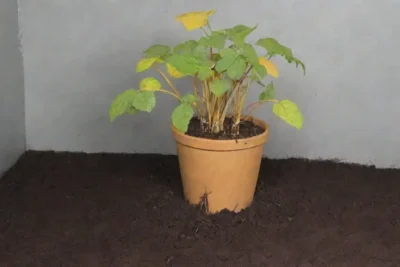

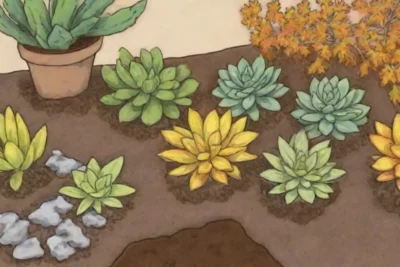
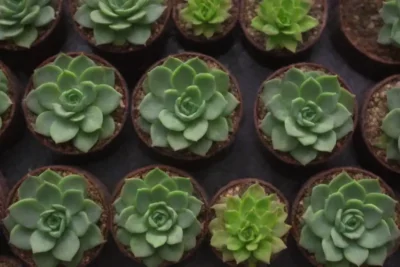
You Must Read